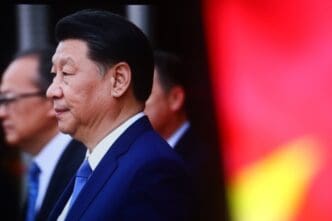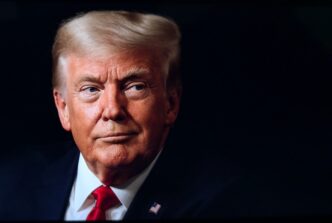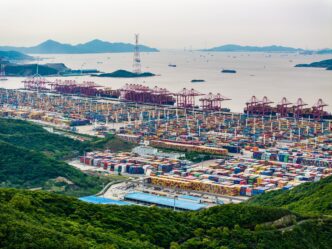President Donald Trump’s aggressive tariff strategy, characterized by a shock-and-awe approach, risked destabilizing the global financial framework and pushing the US economy towards a recession. Concerned about potential supply shortages and inflation spikes, Trump deployed his experienced negotiators to Geneva to secure a much-needed trade victory.
A surprising and significant de-escalation with China has set the stage for a series of trade negotiations, potentially leading to several swift, albeit modest, bilateral agreements aimed at reducing US trade deficits. The mutual decision by the United States and China to lower their steep tariffs by 115 percentage points after two days of talks marks a pivotal development in a policy that has been both ambitious and chaotic. The previous trade impasse between the world’s largest economies had generated substantial economic pressures both domestically and globally, nearing a crisis point.
This easing of tensions sent global markets soaring on Monday, highlighting the Trump administration’s strategy of maintaining elevated tariffs while encouraging major trading partners to negotiate. Trump’s lead negotiators, Treasury Secretary Scott Bessent and US Trade Representative Jamieson Greer, are recognized by both market stakeholders and Chinese counterparts as competent and authoritative.
The renewed negotiations align with ongoing efforts to establish agreements with approximately two dozen other countries. Recent progress was made with a smaller-scale agreement with the UK, serving as a template for the urgent push to finalize tailored agreements with the US, according to foreign diplomats involved.
The structured and earnest negotiation approach, combined with clear parameters set for the next three months, are perceived positively by Trump’s advisors. Whether these talks will yield substantial results remains uncertain, yet advisors agree this path is preferable to previous alternatives.
The journey from the market turmoil induced by the “Liberation Day” tariff announcement on April 2 to the current situation has been anything but straightforward. Despite evidence suggesting otherwise, Trump’s advisors have consistently claimed a strategic plan was in place.
Trump’s emphasis on “flexibility” has been a cornerstone of this strategy. Bessent often discusses the game theory underpinning Trump’s approach, which values the “strategic uncertainty” created by Trump’s decisions. Trump himself paused the implementation of severe “reciprocal” tariffs affecting about 100 countries, and he publicly proposed significant de-escalation with China following internal discussions of more drastic measures.
Warnings from the bond market, supply chain disruptions, and dire forecasts from industry executives have accelerated Trump’s strategic shifts. These moves sometimes left his advisors in challenging positions, as their public commitments were subsequently altered.
Nevertheless, a broader strategy appears to have guided trading partners to the current negotiating table. The Trump administration has managed to maintain heightened tariffs—a universal 10% rate globally and sector-specific tariffs largely intact. While acknowledging tariffs will not revert to zero, trading partners are still keen to negotiate with the US.
Lawmakers and foreign diplomats seem ready to accept a 10% global tariff rate as a non-negotiable reality, reflecting the current international trade environment led by Trump.
According to Trump’s team, the shock-and-awe strategy aimed to achieve a “win” even with substantial tariffs in place. “We have a plan, a process, and now a mechanism for future talks with China,” stated Bessent to reporters in Geneva.
The negotiations with China were anticipated to be the most challenging and resource-intensive. Lessons from Trump’s first-term negotiations have been deeply ingrained within his team and himself.
For Trump, trade remains central to his broader agenda, influencing even geopolitical issues like the India-Pakistan ceasefire, attributed by Trump to promises of increased trade flows to both nations.
This significant de-escalation in US-China trade relations reflects Trump’s unique approach to utilizing trade as a tool for global influence, an approach he believes is unparalleled in its execution.








